Reverse Transcriptase of Moloney Murine Leukemia Virus Binds to Eukaryotic Release Factor 1 to Modulate Suppression of Translational Termination: Cell
Por um escritor misterioso
Last updated 04 fevereiro 2025


Fidelity at the Molecular Level: Lessons from Protein Synthesis: Cell

M-MuLV reverse transcriptase: Selected properties and improved mutants - ScienceDirect

Determination of the site of first strand transfer during Moloney murine leukemia virus reverse transcription and identification of strand transfer‐associated reverse transcriptase errors

Mechanisms employed by retroviruses to exploit host factors for translational control of a complicated proteome, Retrovirology

Features and factors that dictate if terminating ribosomes cause or counteract nonsense-mediated mRNA decay - ScienceDirect

Reverse Transcriptase of Moloney Murine Leukemia Virus Binds to Eukaryotic Release Factor 1 to Modulate Suppression of Translational Termination: Cell

The virion-associated Gag–Pol is decreased in chimeric Moloney murine leukemia viruses in which the readthrough region is replaced by the frameshift region of the human immunodeficiency virus type 1 - ScienceDirect
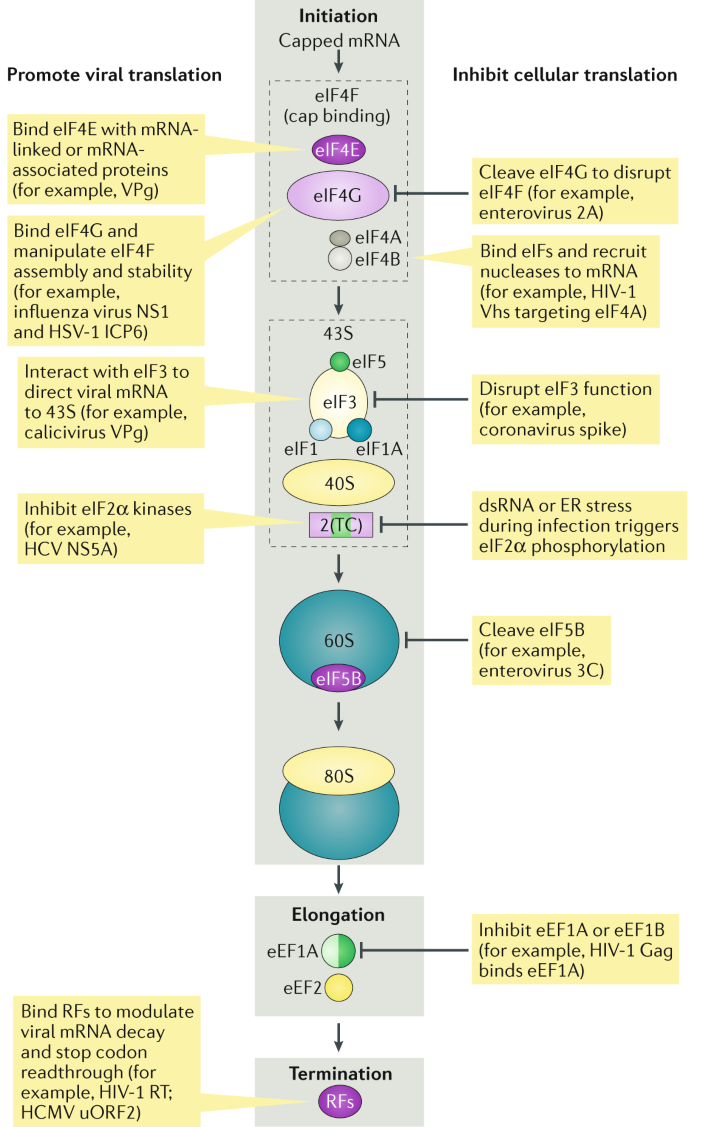
Viral RNA structure-based strategies to manipulate translation

Modulation of Stop Codon Read-Through Efficiency and Its Effect on the Replication of Murine Leukemia Virus

Host proteins interacting with the Moloney murine leukemia virus integrase: Multiple transcriptional regulators and chromatin binding factors, Retrovirology
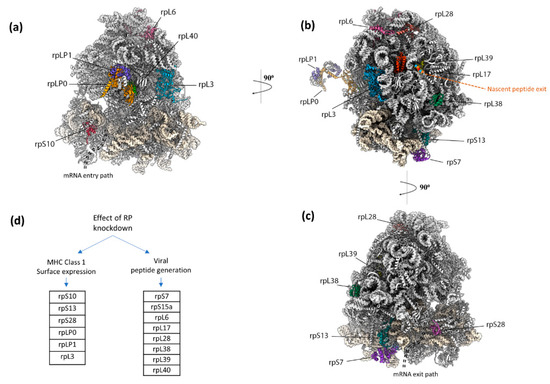
Viruses, Free Full-Text

A flexible split prime editor using truncated reverse transcriptase improves dual-AAV delivery in mouse liver - ScienceDirect

Reverse Transcriptase of Moloney Murine Leukemia Virus Binds to Eukaryotic Release Factor 1 to Modulate Suppression of Translational Termination
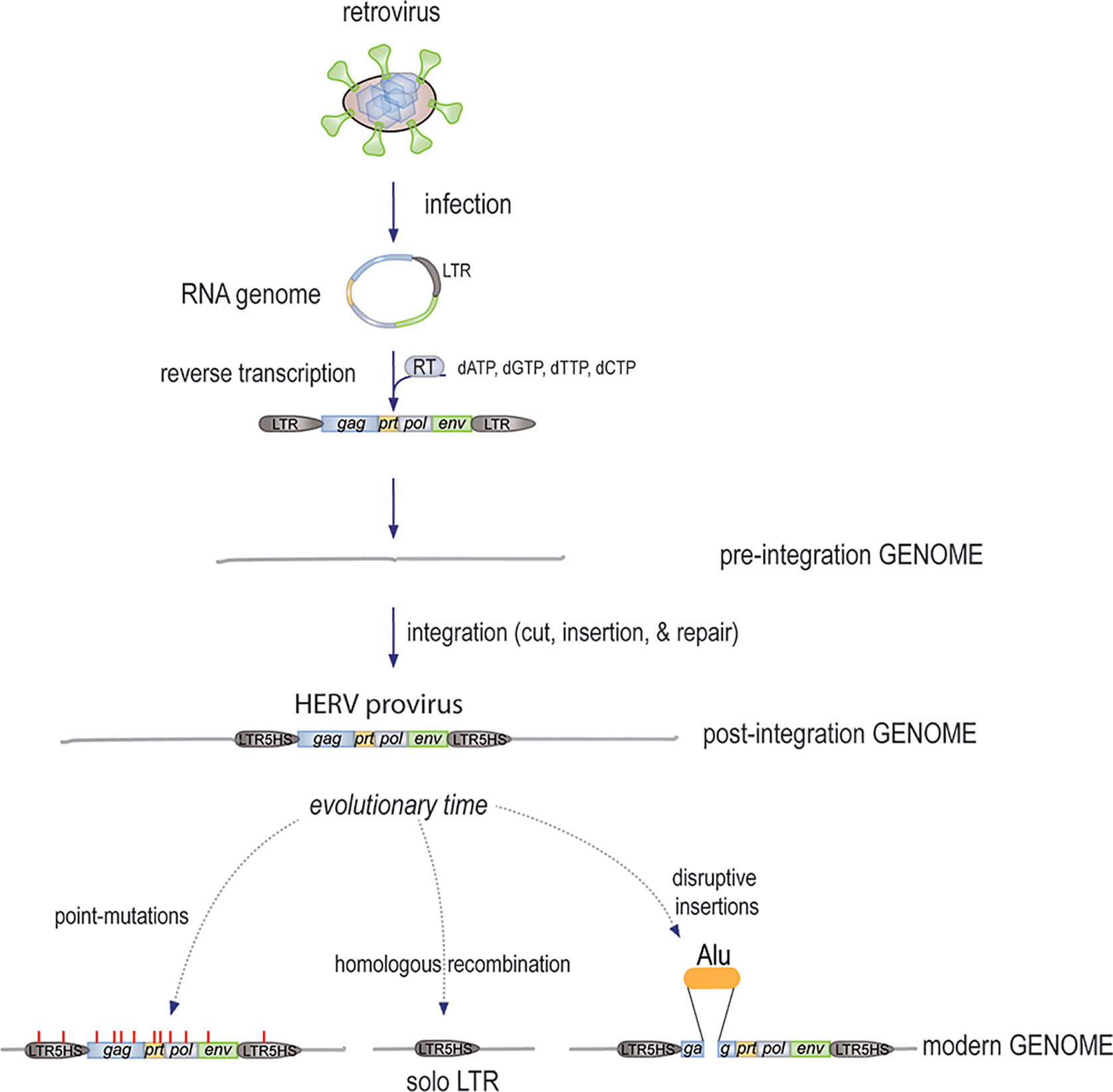
Frontiers How Retroviruses and Retrotransposons in Our Genome May Contribute to Autoimmunity in Rheumatological Conditions
Recomendado para você
-
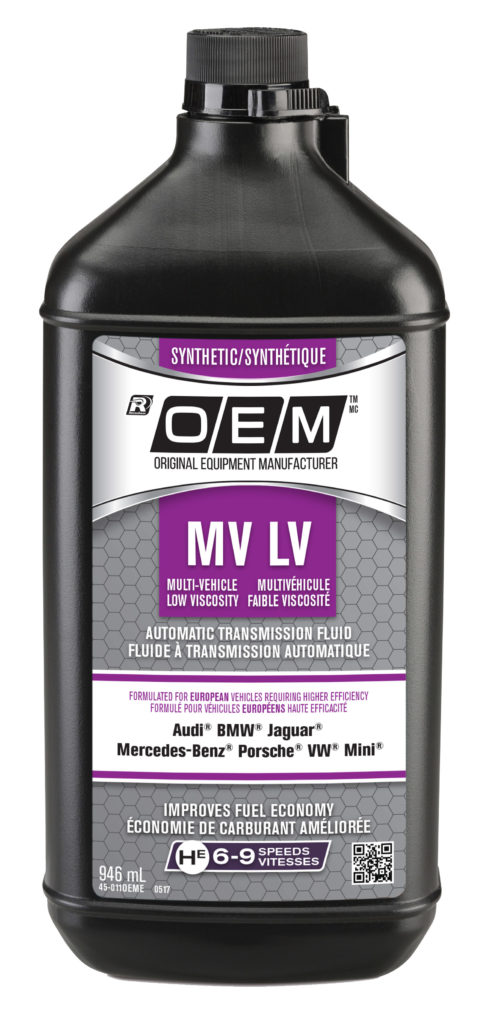 OEM Multi-Vehicle Low Viscosity Automatic Transmission (MVLV) Fluid - Recochem04 fevereiro 2025
OEM Multi-Vehicle Low Viscosity Automatic Transmission (MVLV) Fluid - Recochem04 fevereiro 2025 -
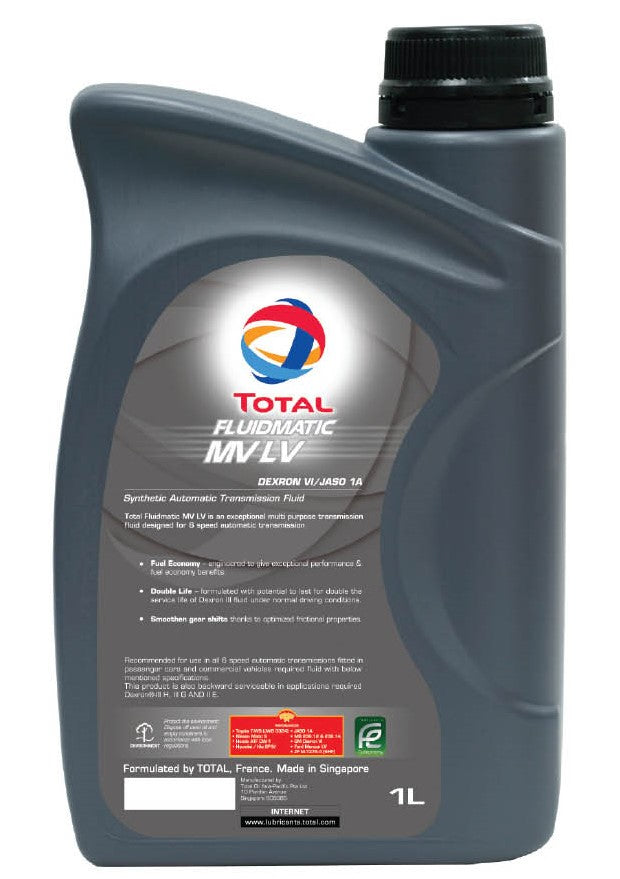 Total Fluidmatic MV LV MVLV Automatic Transmission Fluid ATF 1 Liter OLD BOTTLE STYLE04 fevereiro 2025
Total Fluidmatic MV LV MVLV Automatic Transmission Fluid ATF 1 Liter OLD BOTTLE STYLE04 fevereiro 2025 -
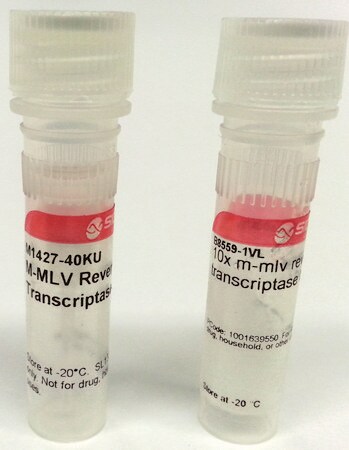 M-MLV Reverse Transcriptase Moloney Murine Leukemia Virus enzyme buffer for cDNA synthesis 9068-38-604 fevereiro 2025
M-MLV Reverse Transcriptase Moloney Murine Leukemia Virus enzyme buffer for cDNA synthesis 9068-38-604 fevereiro 2025 -
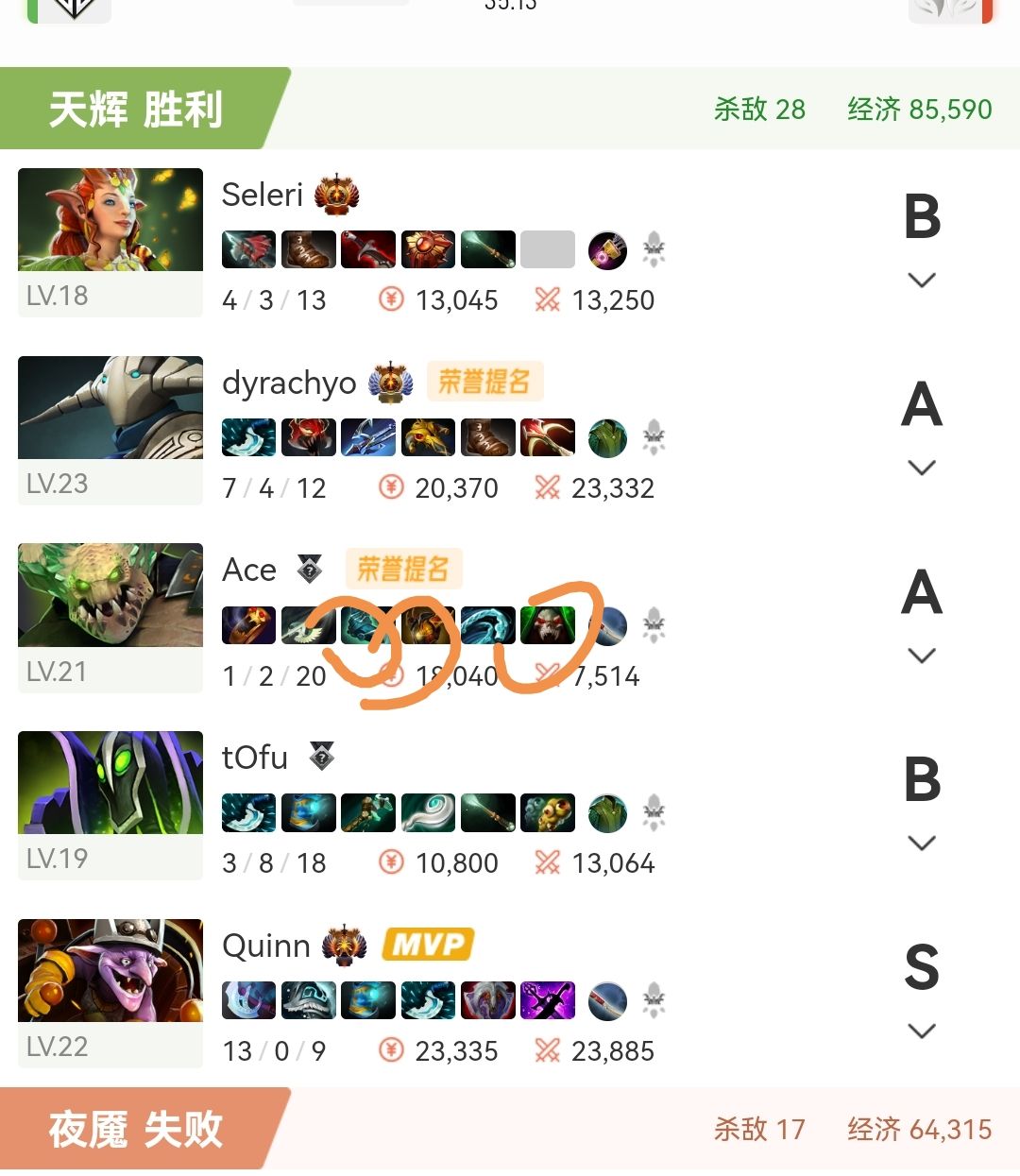 Gg打xg的两二把,说明这版本的团队装真的必须要有! 17804 fevereiro 2025
Gg打xg的两二把,说明这版本的团队装真的必须要有! 17804 fevereiro 2025 -
 SNID11: Veja novos dividendos do FI-Infra da Suno04 fevereiro 2025
SNID11: Veja novos dividendos do FI-Infra da Suno04 fevereiro 2025 -
 Recology Davis Volvo WXLL Amrep Octo MSL #1463204 fevereiro 2025
Recology Davis Volvo WXLL Amrep Octo MSL #1463204 fevereiro 2025 -
 Avian Myeoblastosis Virus (AMV) Moloney Murine Leukemia Virus (MMLV) , HIV Reverse Transcriptase04 fevereiro 2025
Avian Myeoblastosis Virus (AMV) Moloney Murine Leukemia Virus (MMLV) , HIV Reverse Transcriptase04 fevereiro 2025 -
 Virgil Abloh Louis Vuitton SS19 Release04 fevereiro 2025
Virgil Abloh Louis Vuitton SS19 Release04 fevereiro 2025 -
 What Happened With Muv-Luv? – VNs Now04 fevereiro 2025
What Happened With Muv-Luv? – VNs Now04 fevereiro 2025 -
 Muv-Luv Alternative The Animation Sound Track, Muv-Luv Wiki04 fevereiro 2025
Muv-Luv Alternative The Animation Sound Track, Muv-Luv Wiki04 fevereiro 2025
você pode gostar
-
 Gemstone Band Worth - Adopt me Trading Value04 fevereiro 2025
Gemstone Band Worth - Adopt me Trading Value04 fevereiro 2025 -
 Is John Pork A Real Person04 fevereiro 2025
Is John Pork A Real Person04 fevereiro 2025 -
 Pelando Promoções – Telegram04 fevereiro 2025
Pelando Promoções – Telegram04 fevereiro 2025 -
 Ultimate Custom Night' Released for Free for 'Five Nights at04 fevereiro 2025
Ultimate Custom Night' Released for Free for 'Five Nights at04 fevereiro 2025 -
 Oferta relâmpago: PC Gamer com 25% de desconto na04 fevereiro 2025
Oferta relâmpago: PC Gamer com 25% de desconto na04 fevereiro 2025 -
 INTRUDER Mandela Catalogue Song (Original) by longestsoloever04 fevereiro 2025
INTRUDER Mandela Catalogue Song (Original) by longestsoloever04 fevereiro 2025 -
 Movie 1994 Capcom Street Fighter Ryu Hoshi vs. Vega metal figures MOC 8109904 fevereiro 2025
Movie 1994 Capcom Street Fighter Ryu Hoshi vs. Vega metal figures MOC 8109904 fevereiro 2025 -
 Hell's Paradise: Jigokuraku Tao Fa Cosplay Costume – Gcosplay04 fevereiro 2025
Hell's Paradise: Jigokuraku Tao Fa Cosplay Costume – Gcosplay04 fevereiro 2025 -
 🏆 AO VIVO: FUTURO DE INCERTEZAS E INDEFINIÇÕES NO GOIÁS! 🟢⚪ LIVERDÃO #9204 fevereiro 2025
🏆 AO VIVO: FUTURO DE INCERTEZAS E INDEFINIÇÕES NO GOIÁS! 🟢⚪ LIVERDÃO #9204 fevereiro 2025 -
 Velma polemiza como homossexual em Scooby-Doo04 fevereiro 2025
Velma polemiza como homossexual em Scooby-Doo04 fevereiro 2025